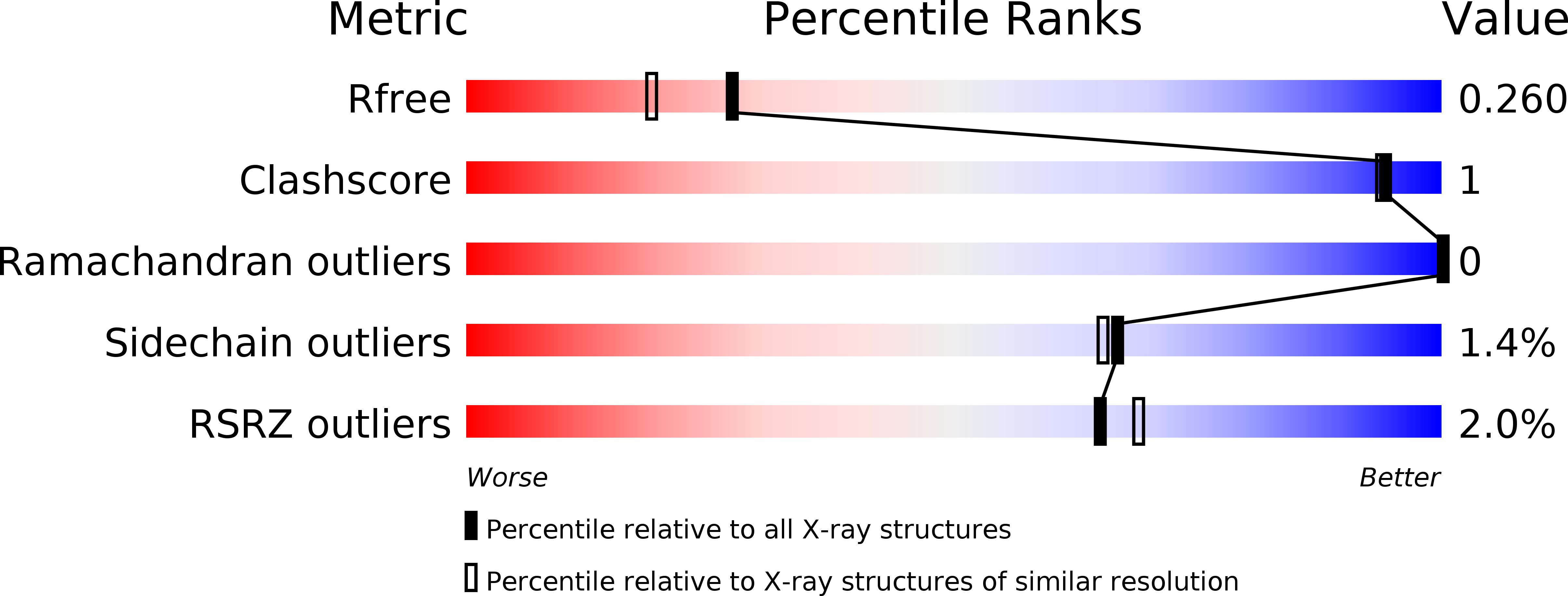
Deposition Date
2014-01-16
Release Date
2014-10-08
Last Version Date
2024-11-20
Method Details:
Experimental Method:
Resolution:
2.05 Å
R-Value Free:
0.26
R-Value Work:
0.19
R-Value Observed:
0.20
Space Group:
P 21 21 21


